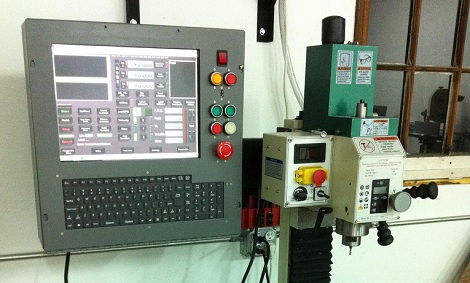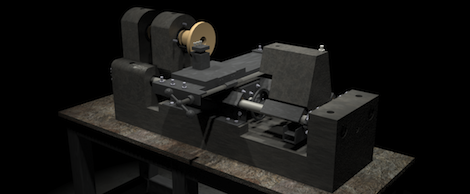
Are you a member of your local Hackerspace? Do you want some free stuff? Then you need to become one of the Hackaday Hackerspace Henchmen.
Hackerspaces are amazing places full of smart people pulling off delightful hacks. But often the outside world doesn’t hear about them. When a member completes a project they show it to the other members, quenching the need to share the awesomeness and ridding them of the drive which normally prompts someone to publish a post about it. We want to see what you’ve been up to at your Hackerspace, and making it public will help in sharing ideas between Hackerspaces. Send us the details and we’ll thank you with some swag in return, and with a few special rewards for the most exception hacks. Keep reading for prize details and how this is all going to work.
Continue reading “Hackaday Hackerspace Henchmen == Free Stuff For You”














